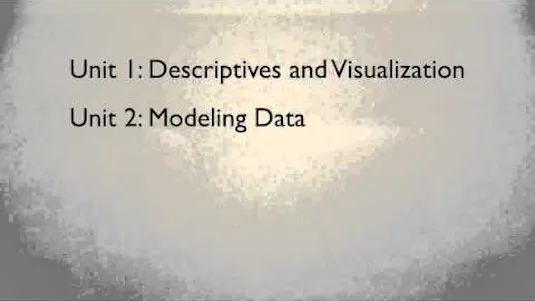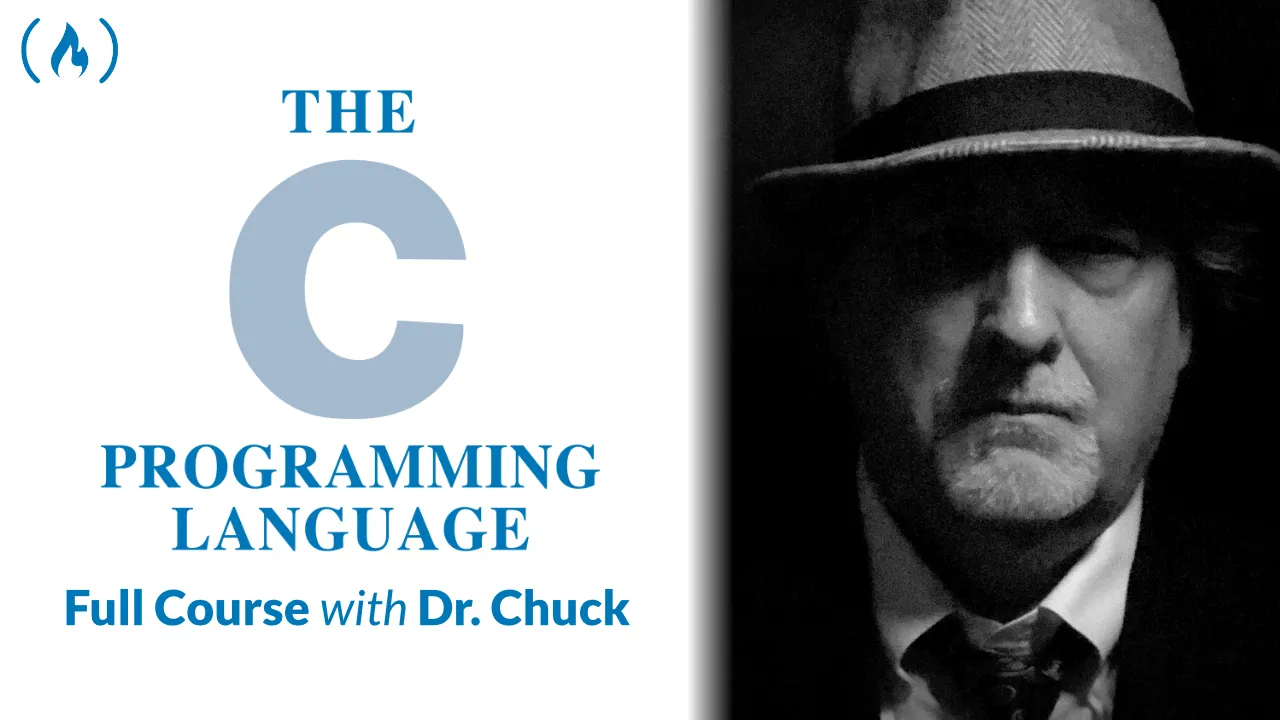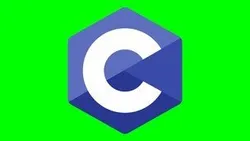
Writing Running and Fixing Code in C 
This course builds on the Programming Fundamentals course to teach students how to write, run, and debug code in C. Students will learn to plan their programs, compile and run them, and then test and debug them using a systematic approach. This course provides a framework for efficiently finding and fixing problems. ▼
ADVERTISEMENT
Course Feature
![]() Cost:
Cost:
Free
![]() Provider:
Provider:
Coursera
![]() Certificate:
Certificate:
Paid Certification
![]() Language:
Language:
English
![]() Start Date:
Start Date:
17th Jul, 2023
Course Overview
❗The content presented here is sourced directly from Coursera platform. For comprehensive course details, including enrollment information, simply click on the 'Go to class' link on our website.
Updated in [March 06th, 2023]
Writing Code in C: Writing code in C is a fundamental skill for any programmer. This course will teach you the basics of writing code in C, including how to structure your code, use variables, and create functions. You will also learn how to use the C compiler to compile and run your code.
Running Code in C: Once you have written your code, you will need to run it to see if it works. This course will teach you how to use the C compiler to compile and run your code, as well as how to use the debugger to find and fix any errors.
Fixing Code in C: Debugging is an important part of programming, and this course will teach you how to use the debugger to find and fix any errors in your code. You will learn how to use the debugger to step through your code line by line, as well as how to use breakpoints and watchpoints to find and fix errors.
C Programming: This course will teach you the fundamentals of C programming, including how to structure your code, use variables, and create functions. You will also learn how to use the C compiler to compile and run your code, as well as how to use the debugger to find and fix any errors.
C Language: C is a powerful and versatile language, and this course will teach you the basics of the language. You will learn how to use the C compiler to compile and run your code, as well as how to use the debugger to find and fix any errors.
Debugging C Code: Debugging is an important part of programming, and this course will teach you how to use the debugger to find and fix any errors in your code. You will learn how to use the debugger to step through your code line by line, as well as how to use breakpoints and watchpoints to find and fix errors.
C Code Optimization: Once you have written and debugged your code, you will need to optimize it for speed and efficiency. This course will teach you how to optimize your code for speed and efficiency, as well as how to use the C compiler to optimize your code.
C Code Troubleshooting: Troubleshooting is an important part of programming, and this course will teach you how to troubleshoot your code. You will learn how to use the debugger to find and fix any errors in your code, as well as how to use the C compiler to optimize your code.
[Applications]
The application of this course is to help students gain a better understanding of the fundamentals of programming in C. After completing this course, students should be able to write, run, and fix code in C. They should also be able to plan out their programs, compile and run them, and test and debug them. Additionally, students should be able to use the Seven Steps to systematically test for problems and fix them.
[Career Paths]
1. Software Developer: Software developers create and maintain software applications and systems. They use programming languages such as C to write code, debug, and test software. As technology advances, software developers must stay up-to-date on the latest trends and tools to ensure their applications are secure and efficient.
2. Web Developer: Web developers use programming languages such as C to create websites and web applications. They must be knowledgeable in HTML, CSS, and JavaScript, as well as other programming languages. Web developers must also be able to troubleshoot and debug any issues that arise.
3. Database Administrator: Database administrators use programming languages such as C to create and maintain databases. They must be knowledgeable in database design, security, and optimization. Database administrators must also be able to troubleshoot and debug any issues that arise.
4. Mobile App Developer: Mobile app developers use programming languages such as C to create mobile applications. They must be knowledgeable in mobile development frameworks, such as iOS and Android, as well as other programming languages. Mobile app developers must also be able to troubleshoot and debug any issues that arise.
[Education Paths]
1. Bachelor of Science in Computer Science: This degree path provides a comprehensive overview of computer science, including programming, software engineering, computer architecture, operating systems, and more. It also covers the development of new technologies and trends in the field. With this degree, graduates can pursue a career in software engineering, web development, or computer systems analysis.
2. Bachelor of Science in Information Technology: This degree path focuses on the application of technology to solve business problems. It covers topics such as database management, network security, and software development. Graduates of this degree program can pursue a career in IT management, software engineering, or web development.
3. Master of Science in Computer Science: This degree path provides a more advanced understanding of computer science, including topics such as artificial intelligence, machine learning, and computer graphics. It also covers the development of new technologies and trends in the field. With this degree, graduates can pursue a career in research, software engineering, or data science.
4. Master of Science in Information Technology: This degree path focuses on the application of technology to solve business problems. It covers topics such as data analytics, cloud computing, and software development. Graduates of this degree program can pursue a career in IT management, software engineering, or data science.
Pros & Cons

Detailed lectures and readings

Inspires to learn C

Teaches how to use C

Automates and streamlines builds.

Confusing readings

Unclear instructions

Not for true beginners

Outdated development environment.
Course Provider

Provider Coursera's Stats at AZClass
Discussion and Reviews
0.0 (Based on 0 reviews)
Explore Similar Online Courses

Google Cloud Essentials

UT701x: Foundations of Data Analysis

Python for Informatics: Exploring Information

Social Network Analysis

Introduction to Systematic Review and Meta-Analysis

The Analytics Edge

DCO042 - Python For Informatics

Causal Diagrams: Draw Your Assumptions Before Your Conclusions

Whole genome sequencing of bacterial genomes - tools and applications

Learn C Programming Using the Classic Book by Kernighan and Ritchie

C Programming: Modular Programming and Memory Management - 3

C - Fast Crash Course - Introduction
 Related Categories
Related Categories
 Popular Providers
Popular Providers
Quiz
 Submitted Sucessfully
Submitted Sucessfully
1. What is the main focus of the course Writing Running and Fixing Code in C?
2. What is the Seven Steps mentioned in the course?
3. What is the main benefit of the Seven Steps?
4. What is the main goal of this course?
Correct Answer: To learn how to write code by first planning what your program should do.
5. What is the main focus of this course?
6. What is the Seven Steps approach?
7. What is the main benefit of this course?


Start your review of Writing Running and Fixing Code in C